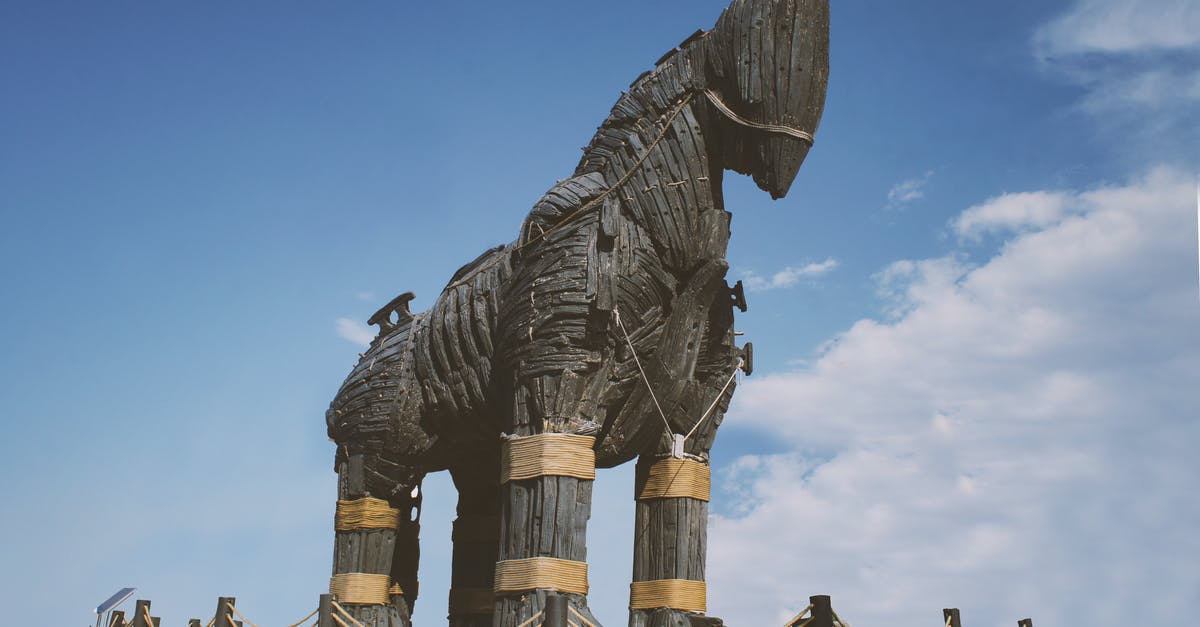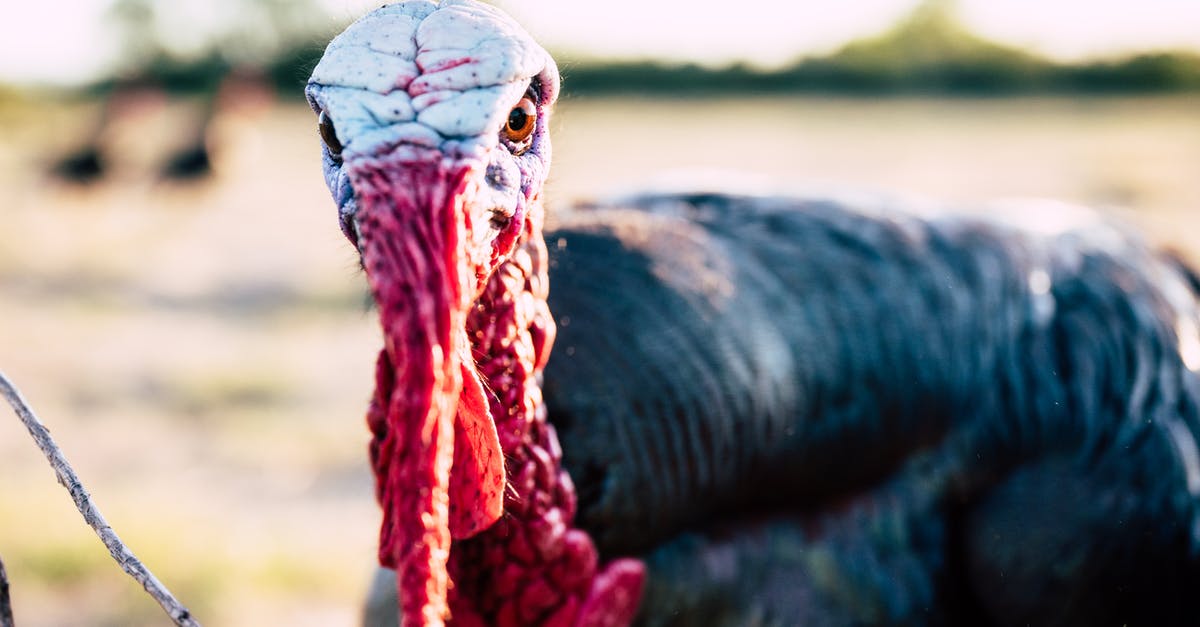Sous Vide Large Turkey Breasts

All the turkey sous-vide recipes on the web presume 2 small/medium turkey breasts placed together for a 2.5 to 4 hour cooking time. But I have 2 very large breasts rolled together in a cylinder 6" in diameter. How should I adjust the cook time?
Best Answer
First, I'll echo Catija's comment and say that there's no major advantage to cooking these breasts together. I know Kenji does it here, but his purported claim toward greater evenness in cooking isn't really something you need to worry about with sous vide. In fact, by creating a thicker piece of meat for your water bath, you're guaranteed to make the cooking less even, since it will take much longer for the interior of the meat to reach water bath temperatures.
So, my first recommendation would be to just cook the two breasts separately, making sure water circulates around both. In that case, you probably don't need to modify your cooking times at all.
But let's assume that you really want to cook your 6-inch cylinder for some reason (perhaps to create a large "meat tube" for slicing if you tie it up well). Okay. Assuming your sous vide setup circulates water well, one advantage of sous vide (in addition to the precise temperature control) is the significantly greater heat transfer from water to food compared to, say, air in an oven.
In practice, that means that even rather large hunks of meat come to temperature a lot quicker than they would in an oven. The main reason to increase time with a larger turkey breast would just be to allow for the center of a large cylinder of meat to rise to the water temperature.
The following recommendation assumes you're going to be using a water bath quite a bit above the "danger zone" border, say at least 140F/60C.**
I played around with a bit of heat transfer modeling here just for kicks, and I'm pretty sure your 6" diameter cylinder wouldn't take that much longer to come to temperature. Allowing the center an extra 30-60 minutes might be reasonable, but that's still well within the parameters of your 2.5-4 hour recommended window. I'd tend toward the longer side of that time span (closer to 4 hours), just to guarantee sufficient time with the center above the "danger zone" limit to kill off bacteria. You obviously could go over 4 hours without compromising safety, but eventually the outer layers of the breast will start getting softer and more mushy (which might be a less desirable texture).
Lastly, for large hunks of meat cooked sous vide for relatively short times, I'd strongly recommend putting in a probe thermometer so you know what the core temperature is and when it gets above the "danger zone." (See this Modernist Cuisine video.) If you don't have a thermometer to leave in, I'd check the temperature with an instant-read thermometer after a couple hours to be sure you're at least getting above 130F/55C.
** Note: Precise sous vide temperatures are CRITICAL here for safety. The closer the center of the cylinder gets to the water bath temperature, the slower its temperature rise becomes. Getting the center up that last 5-10 degrees or so takes a lot longer. I've seen some sous vide turkey breast recommendations with water bath temperatures as low as 132F/56C. In that case, the center of a large cylinder may be skirting the "danger zone" boundary for much of the cook time and might not be safe even after 4 hours in a bath. In that case, you might need to add more cooking time to guarantee safety. Alternatively, you could raise the water bath temperature by a few degrees for the first hour or two, and then lower it to finish cooking. Either way, if you're not sure your breast will spend a significant amount of time near 140F/60C or above, I'd definitely check the core temp mid-cooking and consult sous vide guides to make sure you have enough time above 130F to pasteurize.
Whatever you do, I'd recommend choosing a temperature designed to get the center of your cylinder above 130F/55C within two hours. Sous vide turkey usually isn't heated to the much higher temperatures that people have traditionally used for oven-roasted turkey. Those higher temperatures not only guarantee killing off bacteria (and a drier turkey) but also serve as an additional safety measure because higher temperatures will break down some toxins that might be created by some bacteria during a longer period in the "danger zone." Spending more than a couple hours in the "danger zone" can create toxins in poultry that could still be present if the final temperature is still only 140F/60C or whatever. This is something not mentioned in most sous vide guides, which tend to be focused only on Salmonella death curves, but it's a legitimate concern if you're cooking a very large hunk of meat in a water bath at low sous vide temps.
Pictures about "Sous Vide Large Turkey Breasts"



How long does it take to cook a turkey breast in a sous vide?
Sous Vide Turkey BreastCan you sous vide turkey breast 12 hours?
Yes! We recommend that you sous vide turkey overnight or for at least 12 hours if you are using a bone-in young turkey breast.What temperature do you sous vide turkey breast?
You'll want to bring the meat to 145 degrees, which leaves it delicately pink, very juicy and perfectly safe because the long, steady heat of the sous vide machine pasteurizes the meat. That said, if you like your turkey slightly firmer and well done \u2014 more like a traditional roast bird \u2014 cook it to 152 degrees.What temperature should I cook a large turkey breast?
The USDA recommends that the internal temperature of turkey reach at least 165\xb0F (74\xb0C) for safety. But pull your turkey breast from the oven when it reaches 160\xb0F (71\xb0C) as it will continue to cook after you take it out of the oven.#1 Best Turkey Breast Ever - Juicy Tender Sous Vide Turkey
Sources: Stack Exchange - This article follows the attribution requirements of Stack Exchange and is licensed under CC BY-SA 3.0.
Images: KEMAL HAYIT, Brett Sayles, ROMAN ODINTSOV, ROMAN ODINTSOV
